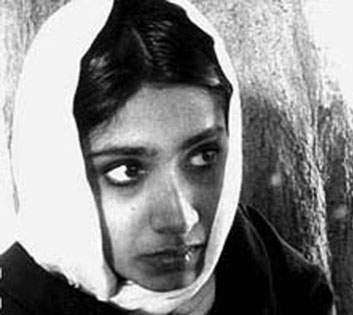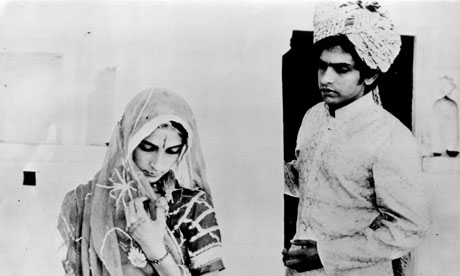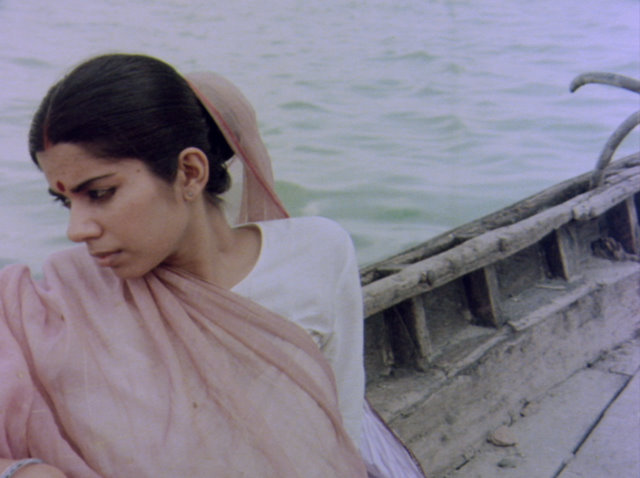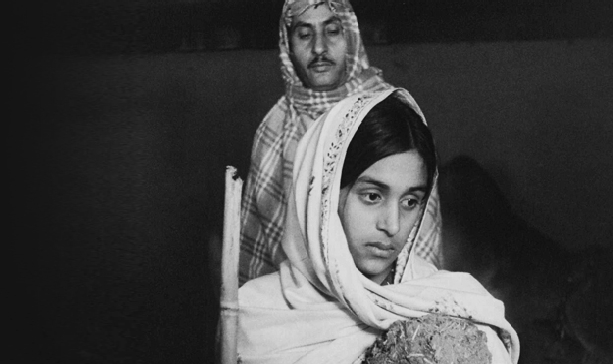
International Computer Magazine
| USKI ROTI : AN INDIAN EXPERIMENT |
|
MANI KAUL's first film Uski Roti (1969) has been described as "one of the key films of the New Indian Cinema or the Indian New Wave". The film created shock waves when it was released as viewers did not know what quite to make of it due to its complete departure from all Indian Cinema earlier in terms of technique, form and narrative. The film is ‘adapted’ from a short story by renowned Hindi author Mohan Rakesh and is widely regarded as the first formal experiment. The original story used conventional stereotypes for its characters and situations, the film creates an internal yet distanced kind of feel..Uski Roti is the story of Balo whose life revolves around her surly, Truck Driver husband Suchha Singh. She walks for miles every day to get food for her husband and wait for |
|
him. He lives anindependent lifestyle, idling with his friends and spending time with his mistress; and comes home only once a week while Balo is expected to be the ideal wife. Day by day, her concern for their dying relationship grows as she starts to doubt his loyalty. One day she gets late, trying to save her sister from a lecher in the village. Suchha gets angry and drives away without taking his food, and dejected Balo decides to wait till nightfall. The isolated images and the laconic dialogues and the beauty and poignancy lent by the black-and-white film, which transforms kneading of the dough into a poetic image. And the impassive faces of all the characters, as though they are part of the minimalist Noh play, gives the film a rhetorical touch of its own. Mani Kaul's experiment with pure cinema comes to the brinkof success. His |
|
Cinema, Uski Roti, Satyajit Rays Pather Panchali, Ritwik Ghatak's Meghe Dhaka Tara made history in Indian cinema. The Director takes a minimalistic approach as far as words are concerned, they are spoken few and far in between. There is a lot of emphasis on foreground, face, eyes and most notably hands. The hands get a life of their own; be it the outstretched hand in the opening shot, or the ones gripping the Tiffin-box and retreating at the coming of a thought, the hands come alive in the frame and narrate what the director wishes to convey without uttering a word.“When I made A Day’s Bread, I wanted to completely destroy any semblance of a realistic development, so that I could construct the film almost in the manner of a painter.” Mani Kaul said. |
|
|
    |